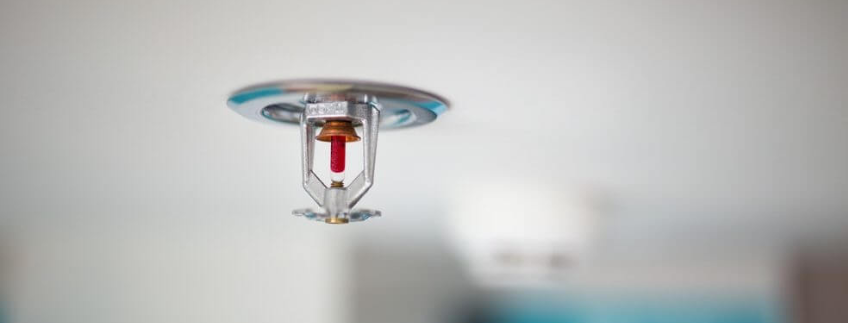
The Ultimate Guide to Understanding the Costs of Installing and Maintaining a Fire Sprinkler System
At Fireman safety, we understand the importance of fire safety in both residential and commercial properties. One crucial aspect of fire protection is the installation and maintenance of a fire sprinkler system. In this comprehensive guide, we will delve into the costs associated with installing and maintaining a fire sprinkler system, providing you with in-depth information to help you make informed decisions for your property.
The Basics of Fire Sprinkler System
Fire sprinkler systems are designed to detect and extinguish fires automatically, providing a crucial layer of protection in the event of a fire emergency. These systems typically consist of a network of pipes with sprinkler heads strategically placed throughout a building. When a fire is detected, the sprinkler heads release water, effectively controlling or extinguishing the fire before it can cause significant damage.
Fire sprinkler systems are categorized into two main types: wet and dry systems. Wet systems have water constantly present in the pipes, while dry systems are filled with pressurized air or nitrogen, with water released only when a fire is detected. The type of system required for a specific property depends on various factors, such as the building’s size, occupancy type, and local fire code requirements.
Understanding the Cost Structure
The cost of installation of this system can vary greatly depending on several factors. These factors may include the size and layout of the building, the type of sprinkler system chosen, and the complexity of the installation process. It’s crucial to work with a reputable fire protection company, such as Fireman safety, to ensure that the installation is done correctly and in compliance with local fire codes.
Here is a breakdown of the potential costs associated with installation.
- Design and Engineering: The design and engineering of a sprinkler system involve creating detailed plans and calculations to determine the optimal layout and coverage for the building. This includes factors such as the water supply, hydraulic calculations, and pipe sizing.
- Materials and Equipment: The materials and equipment required to install the sprinkler system include pipes, fittings, sprinkler heads, valves, and control panels. The cost of these materials can vary depending on the type of system chosen and the size of the building.
- Labor: The labor cost for installing this system depends on the complexity of the installation process, the number of sprinkler heads, and the location of the building. Skilled labor is required for proper installation, and the cost of labor can vary depending on the geographic location and labor rates. Permits and Inspections: Most jurisdictions require permits and inspections for fire sprinkler system installations to ensure compliance with local fire codes. The cost of permits and inspections can vary depending on the location and the scope of the project. It’s essential to factor in these costs when budgeting for a fire sprinkler system installation.
- Additional Costs: There may be additional costs associated with installation, such as modifications to the building’s electrical or water supply systems, demolition or reconstruction, or special considerations for historical or heritage buildings. These costs can vary greatly depending on the specific requirements of the project.
Working with a qualified fire protection company, it’s important to note that the costs mentioned above are estimated ranges and may vary depending on your specific project.
People also search for: Fire Sprinkler System in Abu dhabi | Fire Sprinkler System in Qatar
